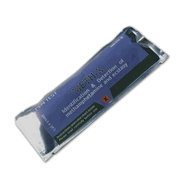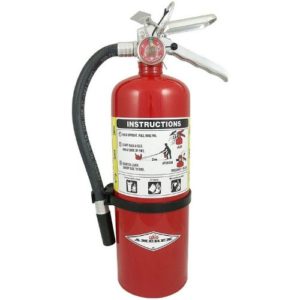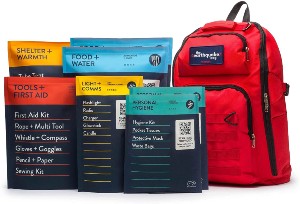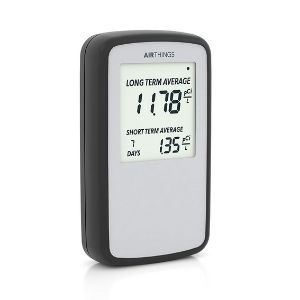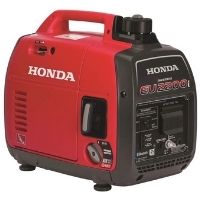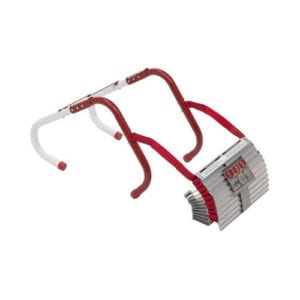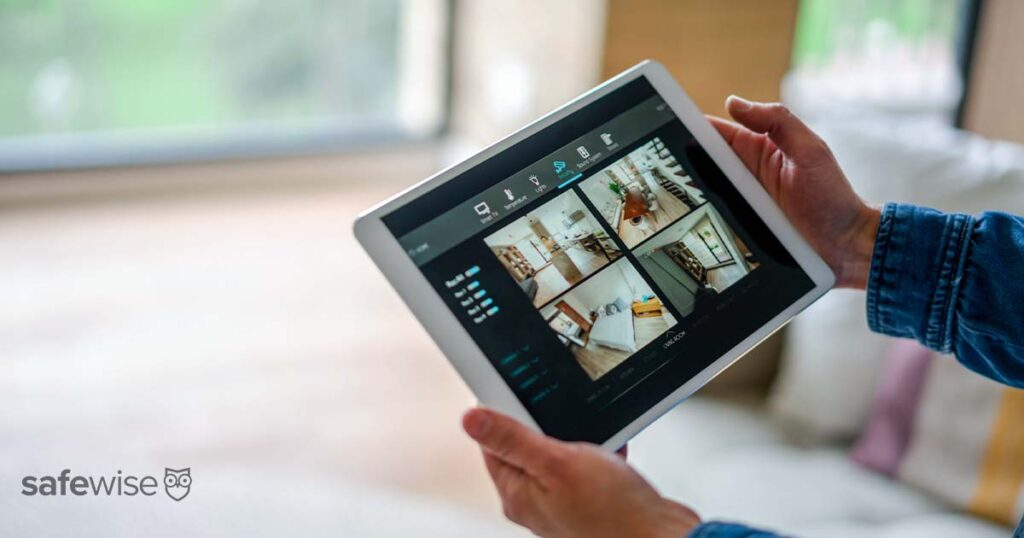Meth house testing might be low on the list of concerns while shopping for a new home. But if a home hasn't been properly cleaned and renovated, consumption or creation of methamphetamine inside a residence can have lasting consequences.
Meth residue can remain on soft surfaces like upholstery and flooring, off-gassing over time into the air, leaving emissions long after cooking or consumption. It's estimated that nearly 33% of these emissions are deposited into the environment after smoking.1
Long-term exposure to these particles can result in upper respiratory irritation and central nervous system issues in sensitive groups like children.2
But testing a house for meth isn't as straightforward as you might think. While the EPA created guidelines for states to follow, many areas have since made their own rules. Suggested "acceptable levels" land between 0.05 to 1.5 micrograms (µg) per 100 cm2.
So, if you're in the market for a new home, how do you know if your potential dream home wasn't a hotspot for meth users and manufacturers?


